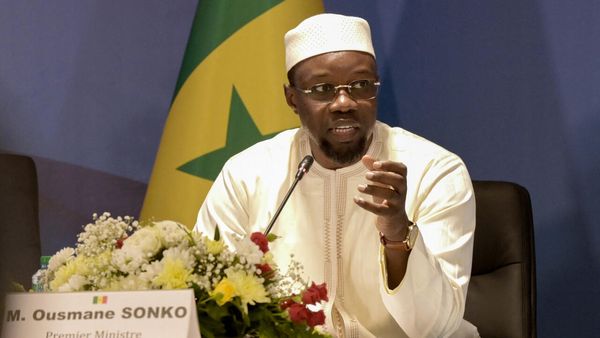
The Federal Reserve opted to raise interest rates by 25 basis points Wednesday, as the market expected, resuming tightening efforts after a brief hiatus in June.
This moved raised the cost of borrowing in the United States to its highest level since February 2001, as part of the Fed’s efforts to bring inflation to a 2% objective.
In his opening remarks, Fed Chair Jerome Powell acknowledged the extensive progress made, yet highlighted that the full impact of policy tightening is yet to be experienced. The Federal Reserve will maintain a data-dependent approach moving forward, he said.
Powell expressed concern over the level of the core inflation rate in June, at 4.8%, significantly above the Fed’s mandate. Despite acknowledging a moderation in inflation since last year, Powell said the process to return inflation to the 2% target has a “long way to go.”
Powell Holds Tight Stance Against Inflation
In response to questions about potential additional rate hikes and the possibility of skipping a hike in September, Powell said the Federal Reserve will approach each meeting individually based on the upcoming data.
While Powell acknowledged the positive aspects of the June CPI report, he emphasized the need to consider all upcoming economic data before making decisions about rate hikes in September. The Fed is taking a cautious and data-driven approach in its determination, he said.
Before the September meeting, the Fed will take into account two additional CPI reports and two more job reports for its rate decision.
Powell cited the positive impact of supply chain conditions on goods disinflation, but said core inflation remains elevated. He warned that the Fed should be prepared to raise rates further if deemed necessary.
The Fed chair reiterated the need to hold policy at restrictive levels for some time and put rate cuts off the table for this year. Additionally, he stated that Fed staff no longer forecasts a recession and predicted that inflation won’t return to 2% until about 2025.
Market Reactions: Gold Outperforms
During Powell’s press conference, traders slightly upped their bets on a September rate hike by assigning a market-implied probability of 22%. A rate hike by the November meeting is priced at a 36% probability.

The policy-sensitive 2-year Treasury yield fell 4 basis points to 4.85%.
The stock market erased post-Fed statement gains, as the S&P 500, represented by the SPDR S&P 500 ETF Trust (NYSE:SPY), dropped 0.4% during the session. The Nasdaq 100 Index also returned to negative territory, declining by 1%.
The U.S. dollar index recovered to 101 levels, recording a 0.3% loss for the day.
Gold displayed the best reaction among major asset classes, with the SPDR Gold Trust ETF (NYSE:GLD) rising by 0.5% for the session.
Produced in association with Benzinga







